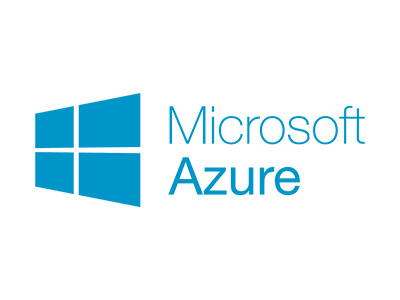Technical Blog
How to Install MongoDB on Ubuntu
MongoDB is a NoSQL, document-oriented database that stores data in flexible, JSON-like documents with dynamic schemas. This schema-less approach enables agile development and horizontal scalability, making it ideal for handling large volumes of unstructured or semi-structured data. It offers powerful querying and indexing capabilities, along with built-in support for high...
How to Install & Configure Proxmox Virtualization Hypervisor
Proxmox is a free, open-source virtualization hypervisor that offers many features, including enterprise-grade capabilities similar to VMware vSphere and Red Hat OpenStack. Proxmox is based on Debian and can be installed either as a hypervisor on bare metal or on top of an existing Debian installation. This procedure will do...
Emergency Fix: CloudStrike Microsoft BSOD? This Workaround SAVES You!
If you are impacted by the current Blue Screen of Death outage affecting Windows users who have implemented CloudStrike Services, here is a workaround to get your systems working quickly. Quick Guide – Follow these Steps Full Detailed Guide The steps below expand upon the quick guide above. Step 1...
What is Bare Metal Restore? A Comprehensive Definition and Guide
Bare Metal Restore (BMR), also known as bare metal recovery, is a data recovery process that involves restoring a complete system—operating system, applications, and data—to a new or empty hard drive from a backup. It can be used to completely restore an entire virtual server, physical servers, and cloud servers....










Recent Comments